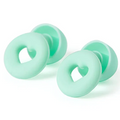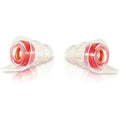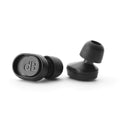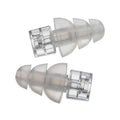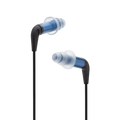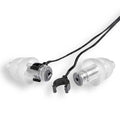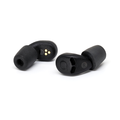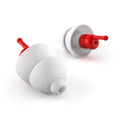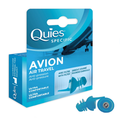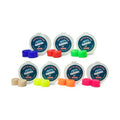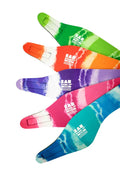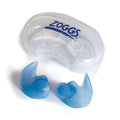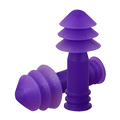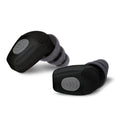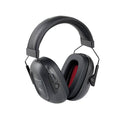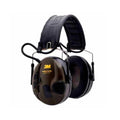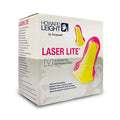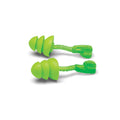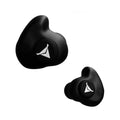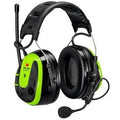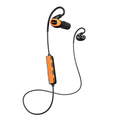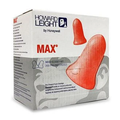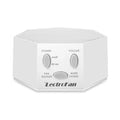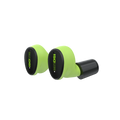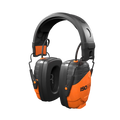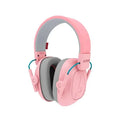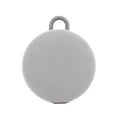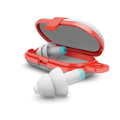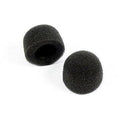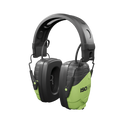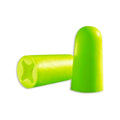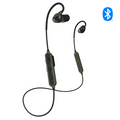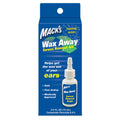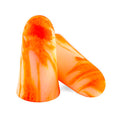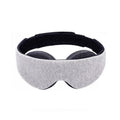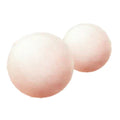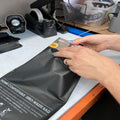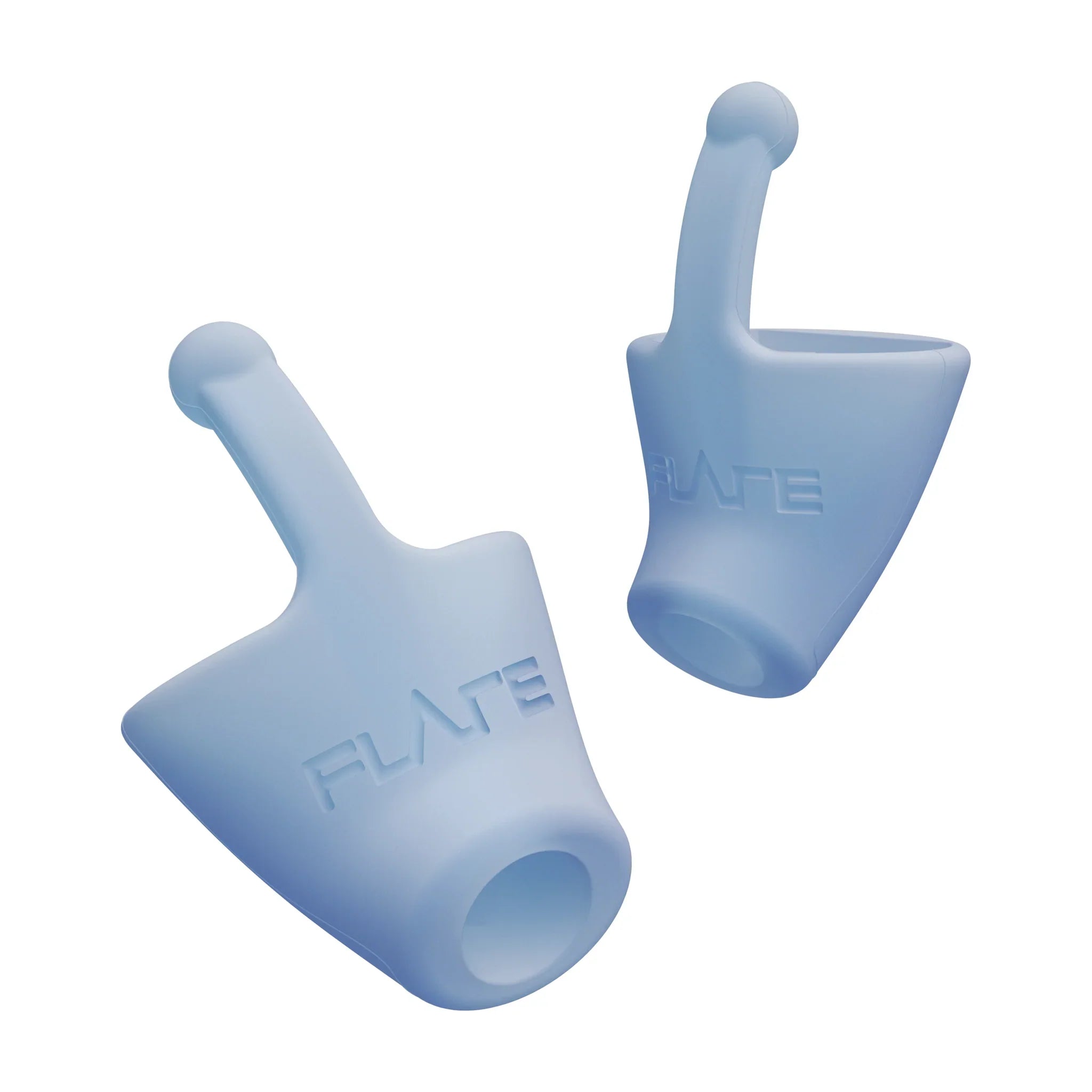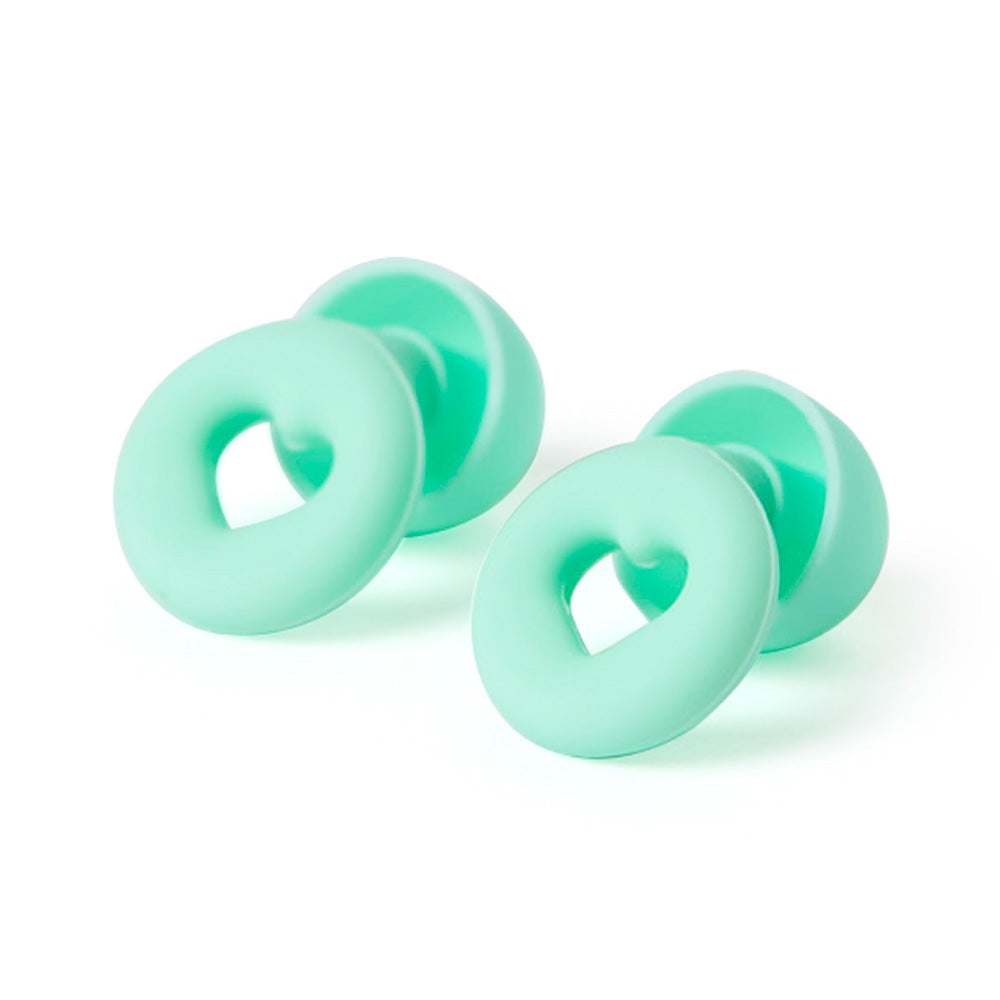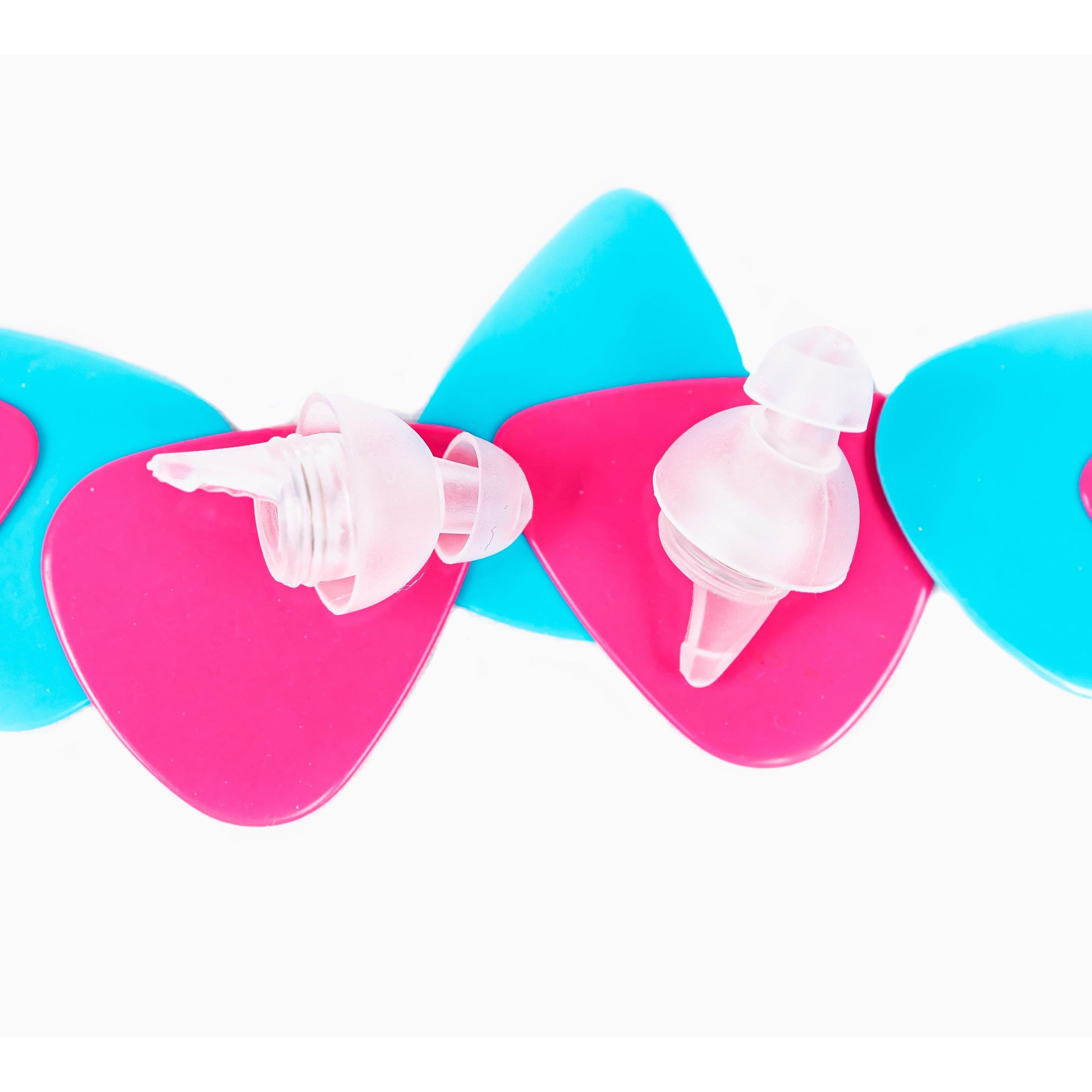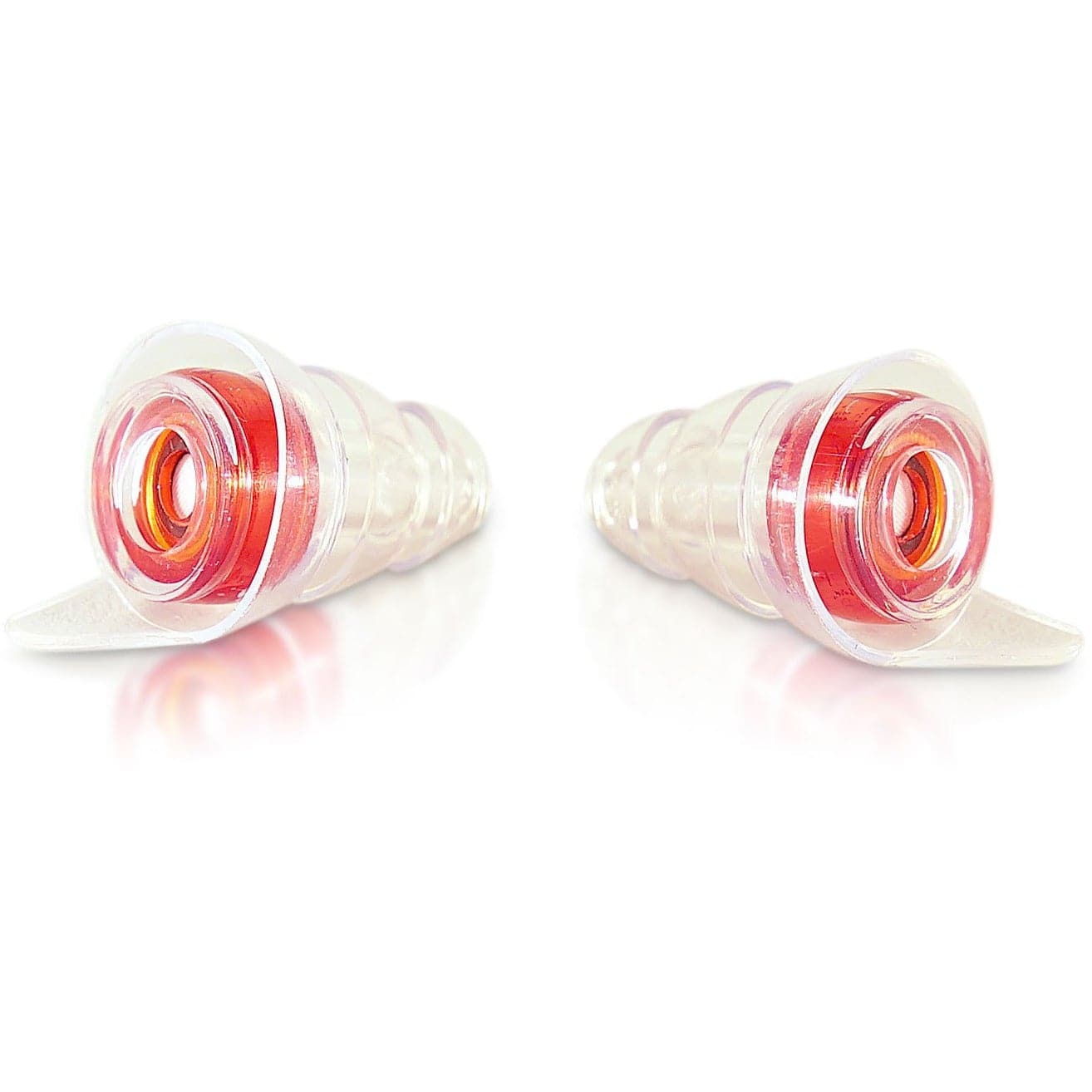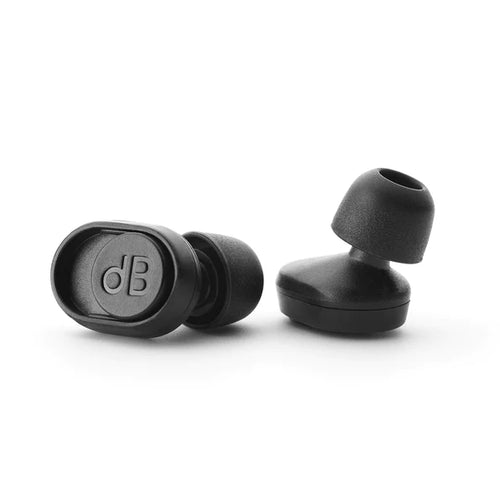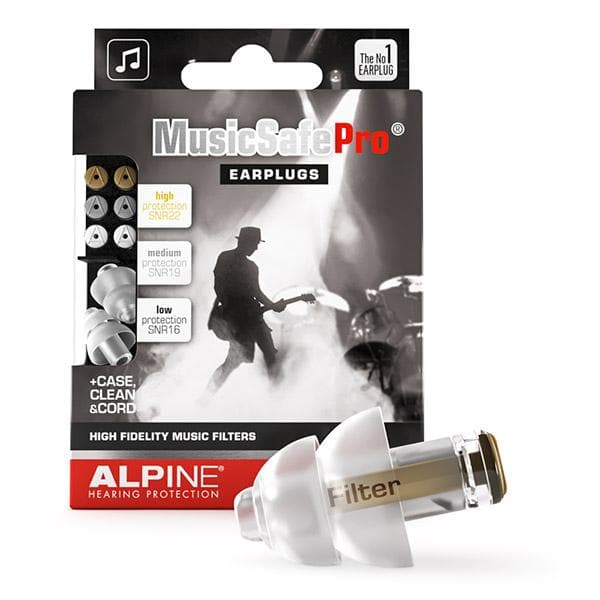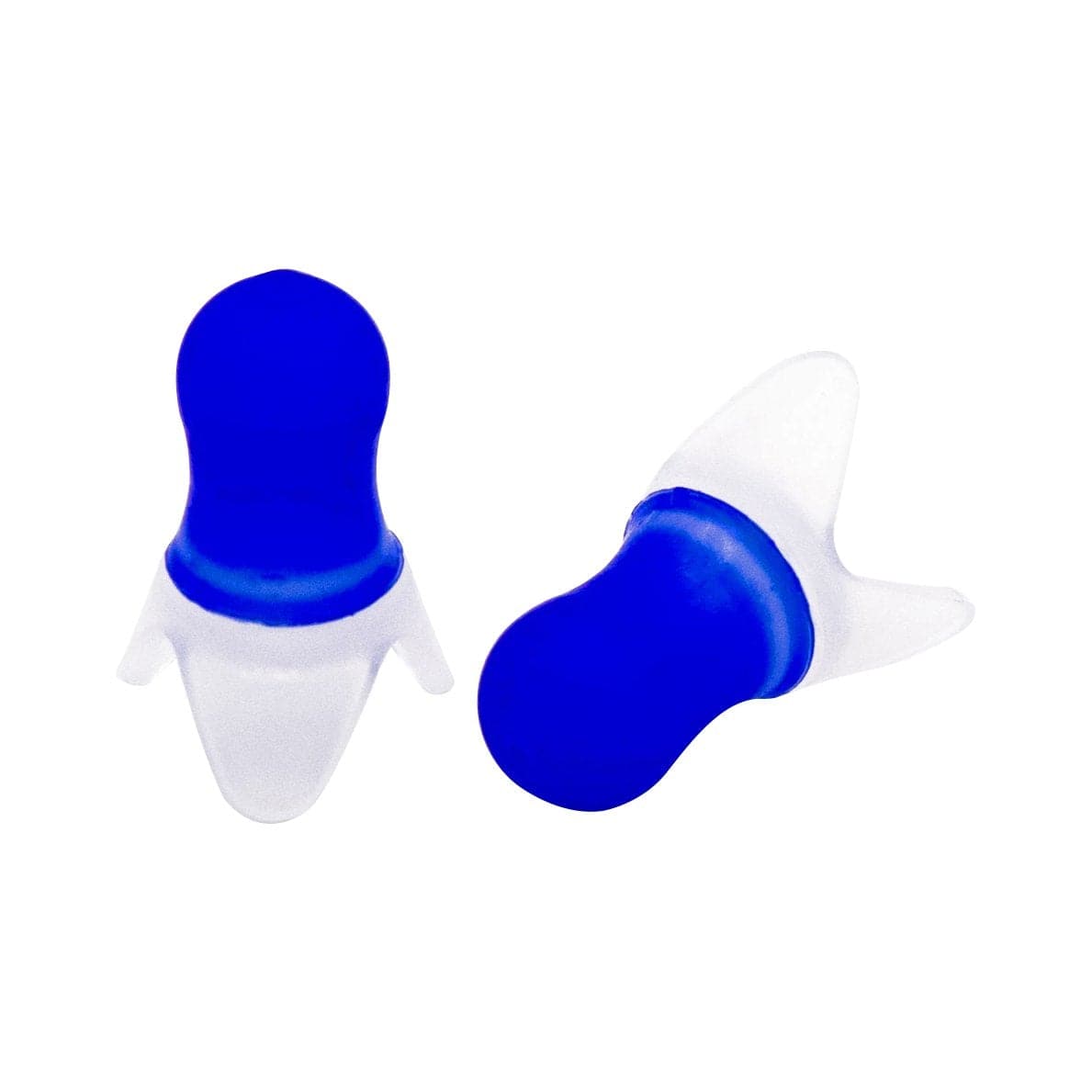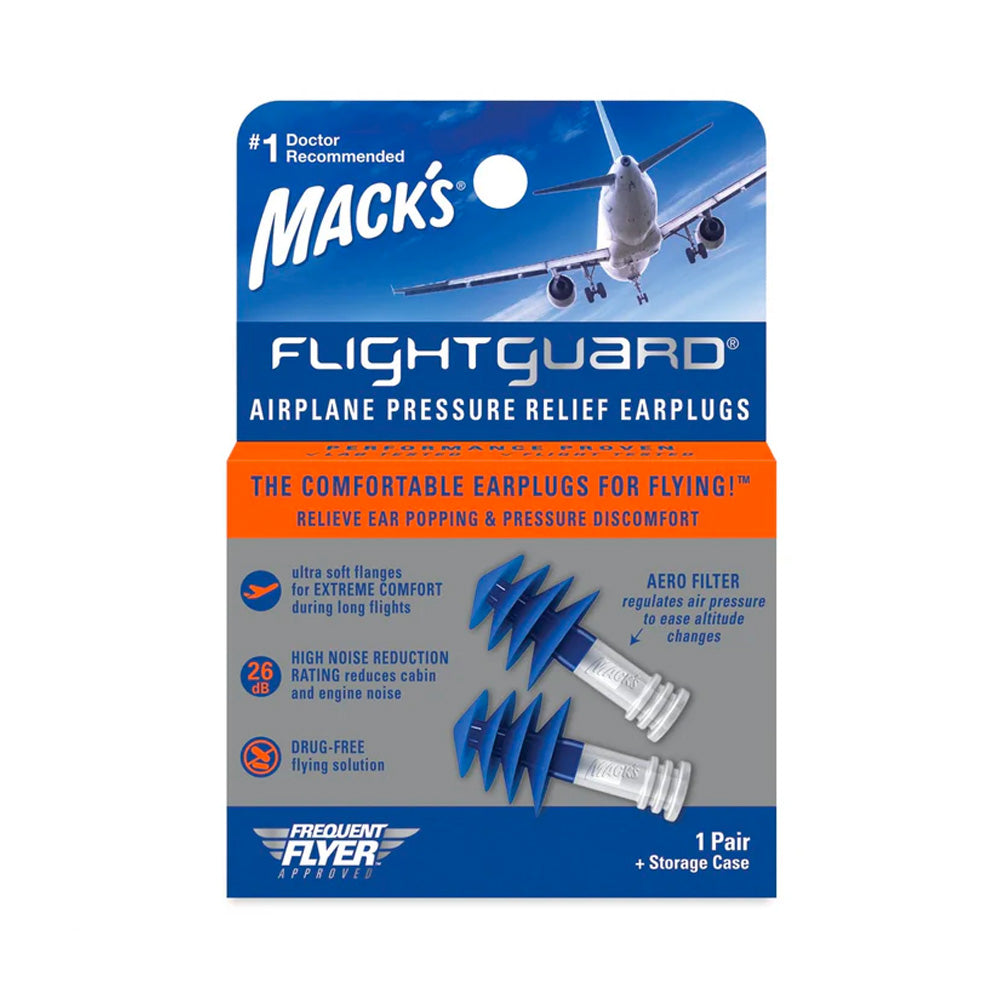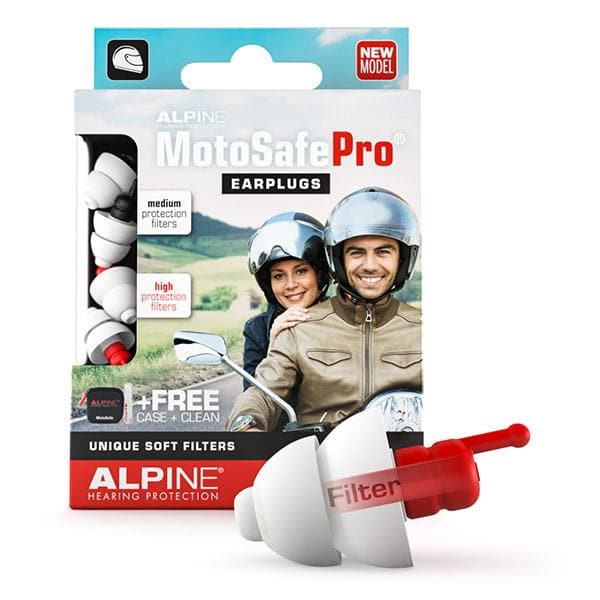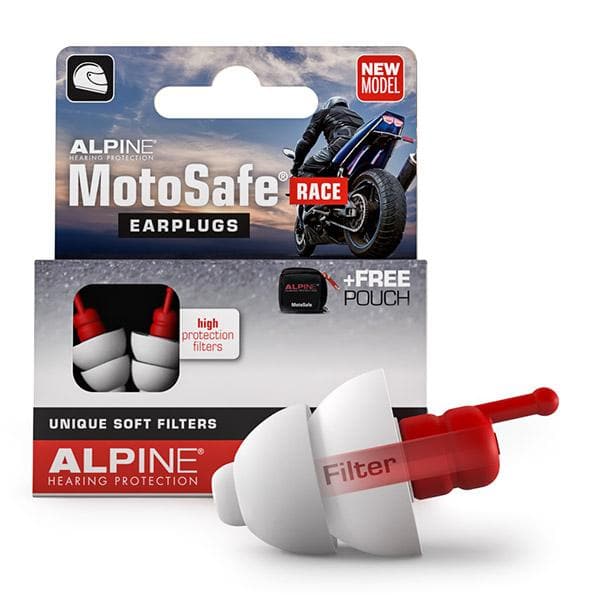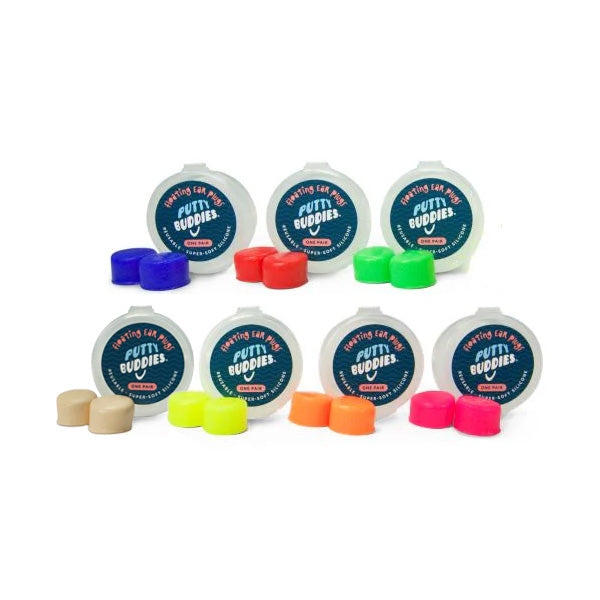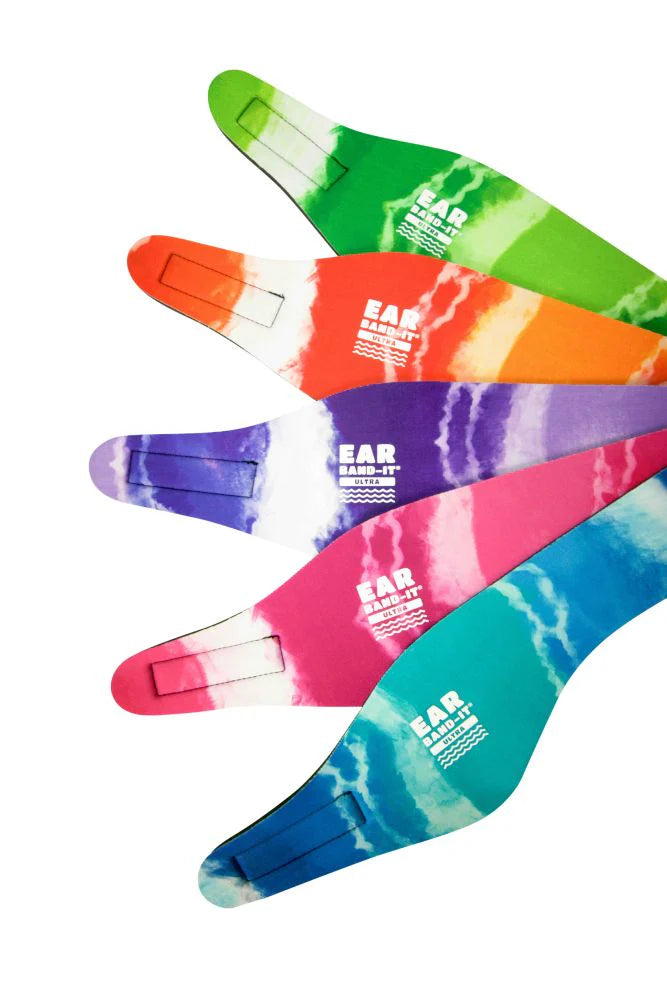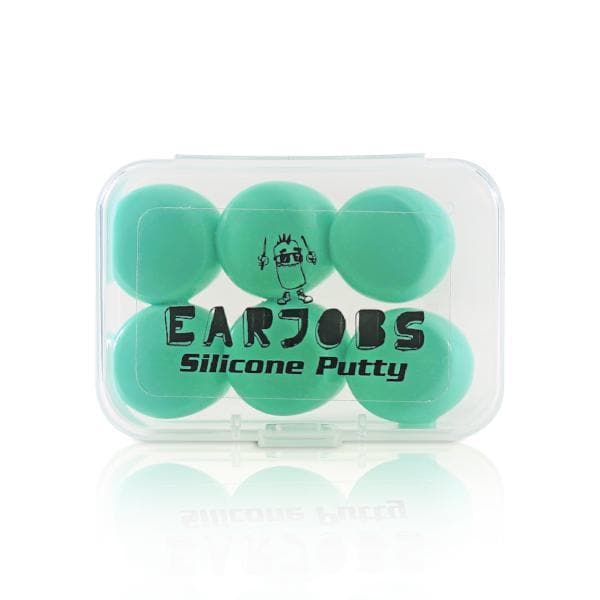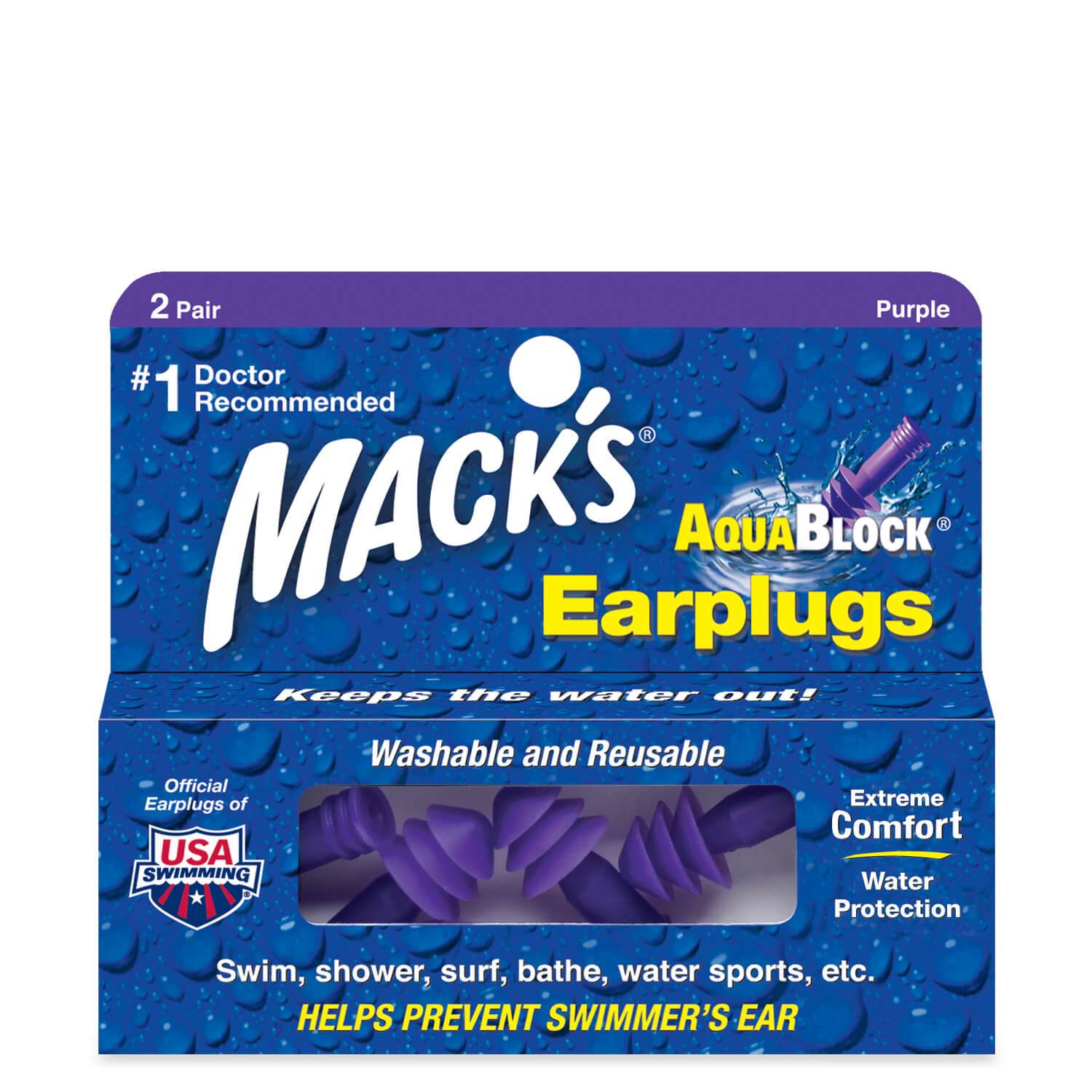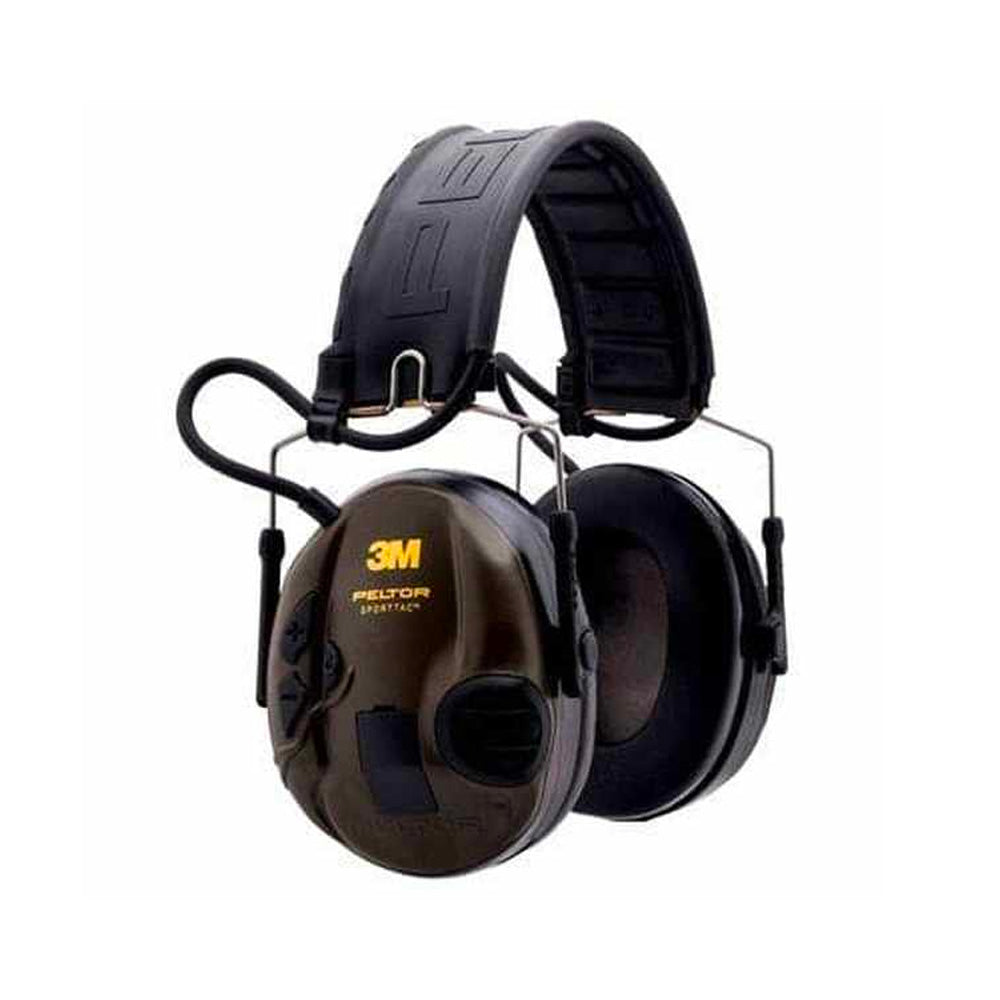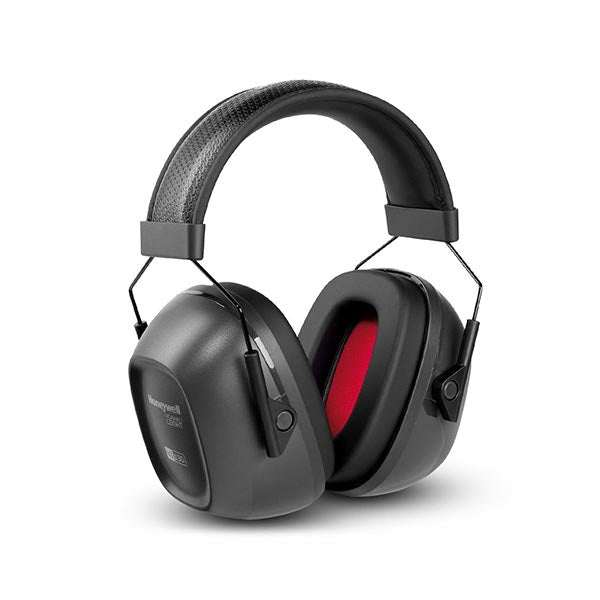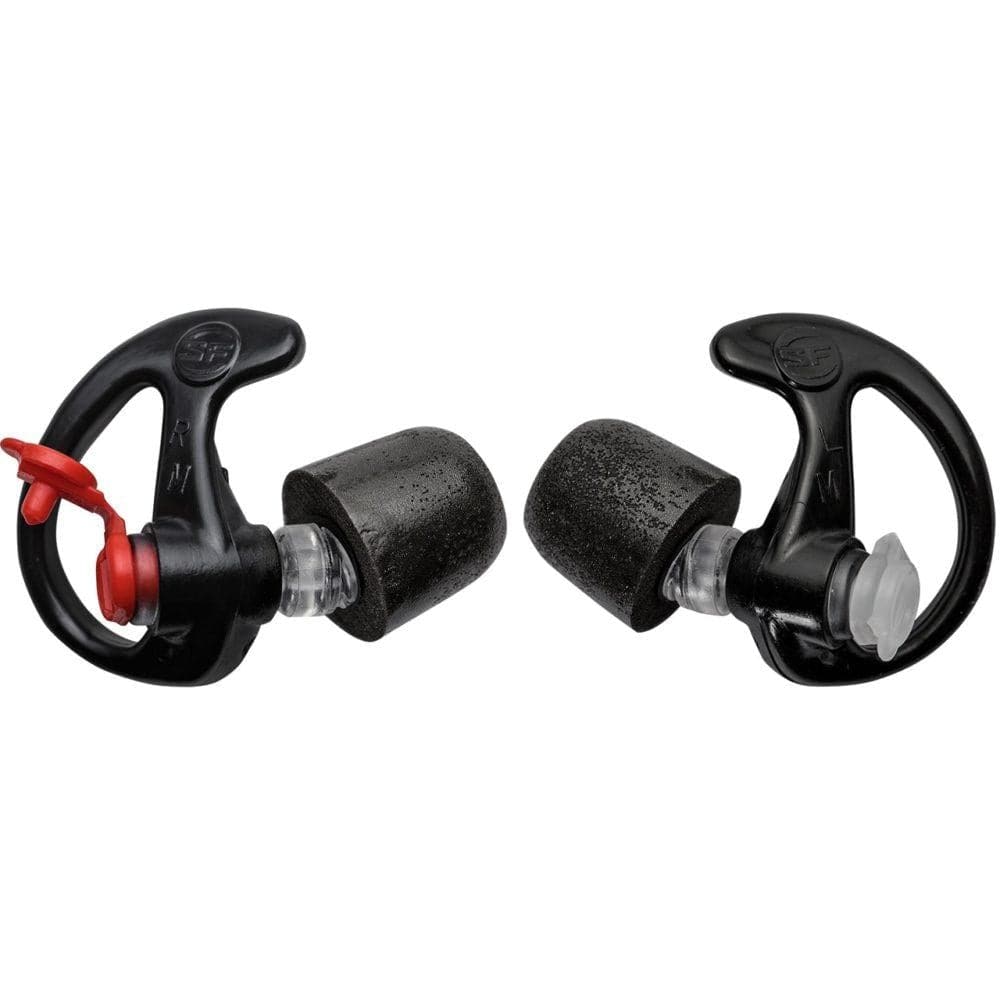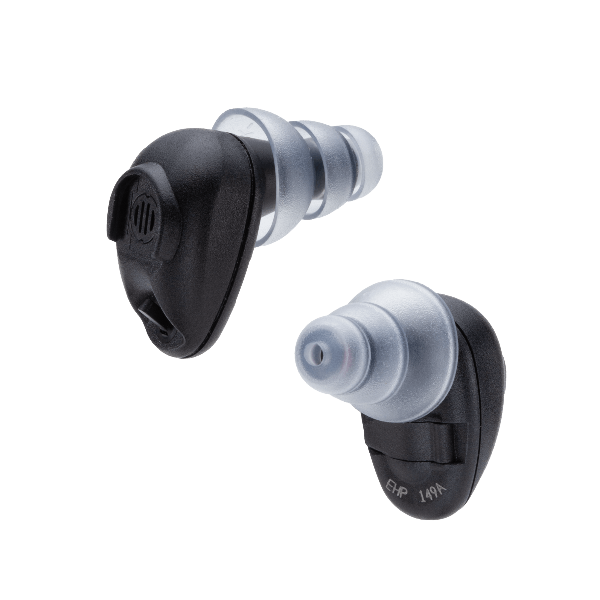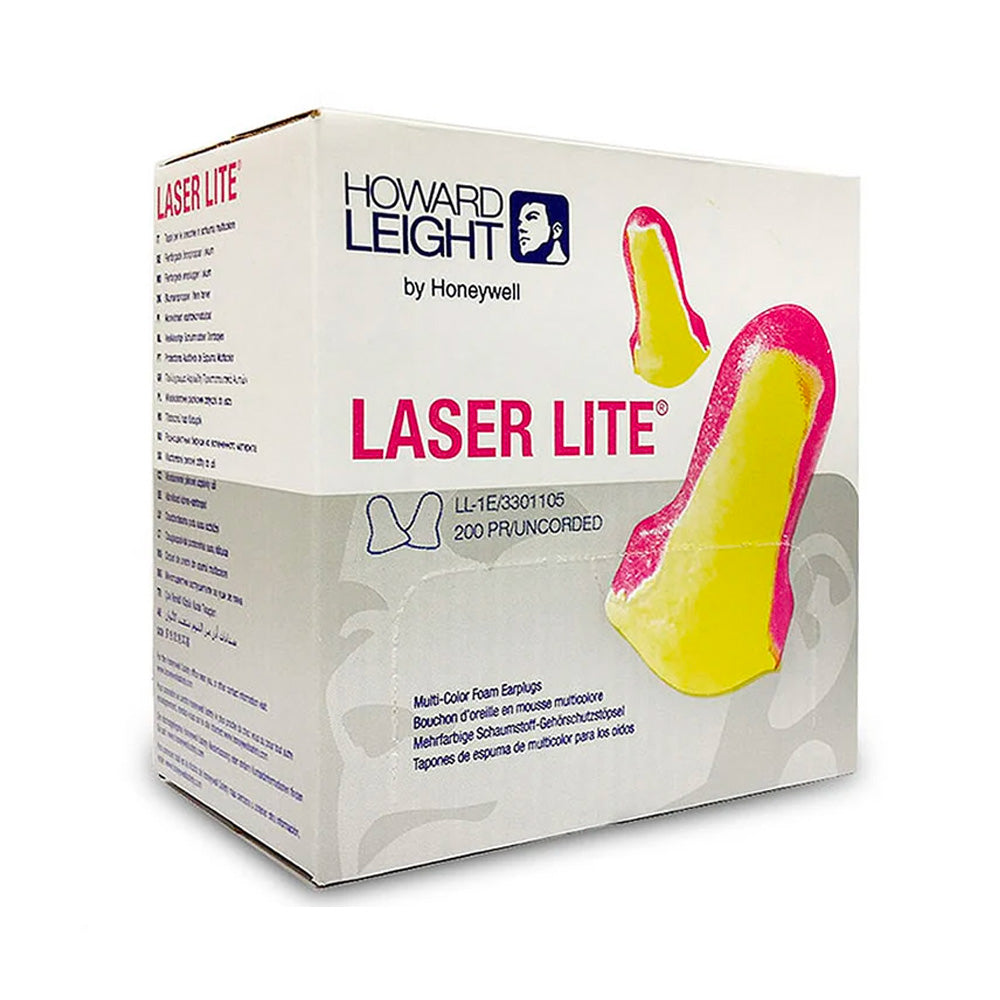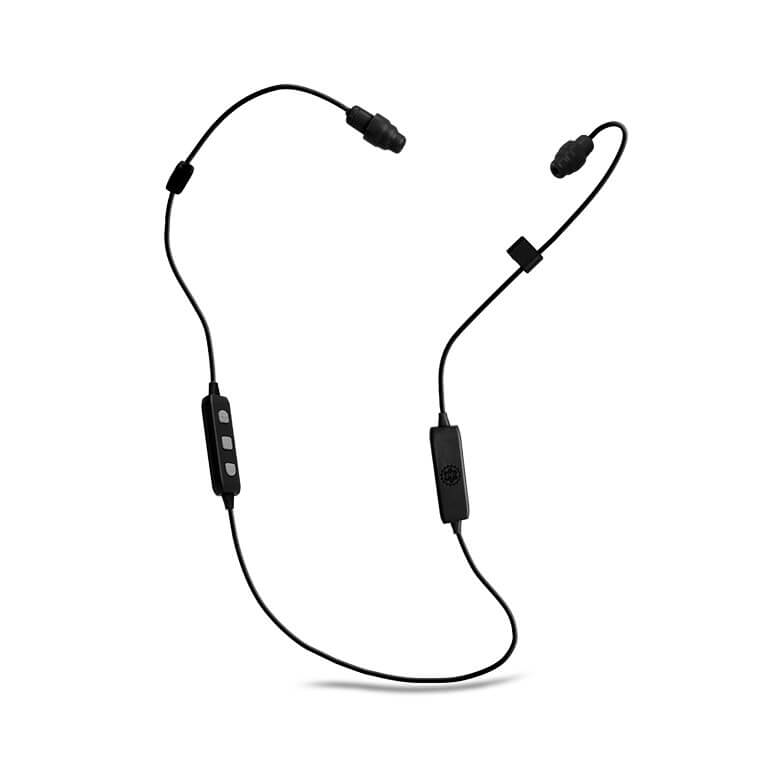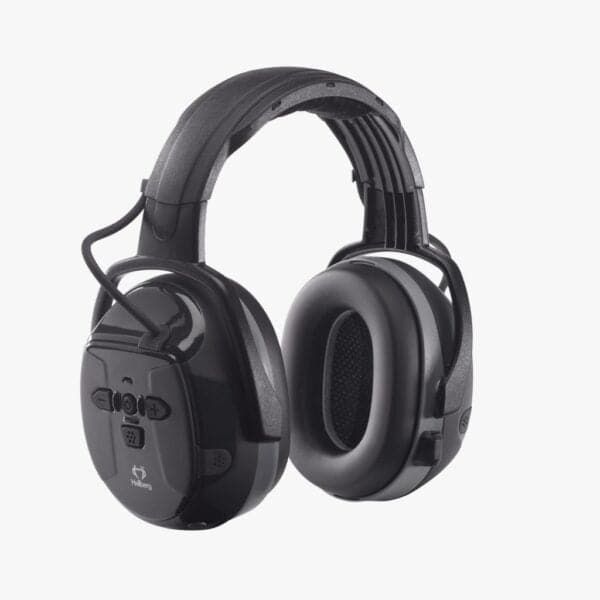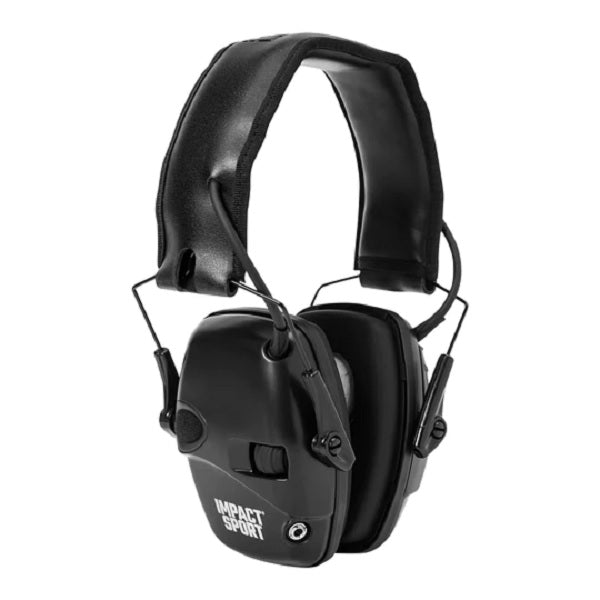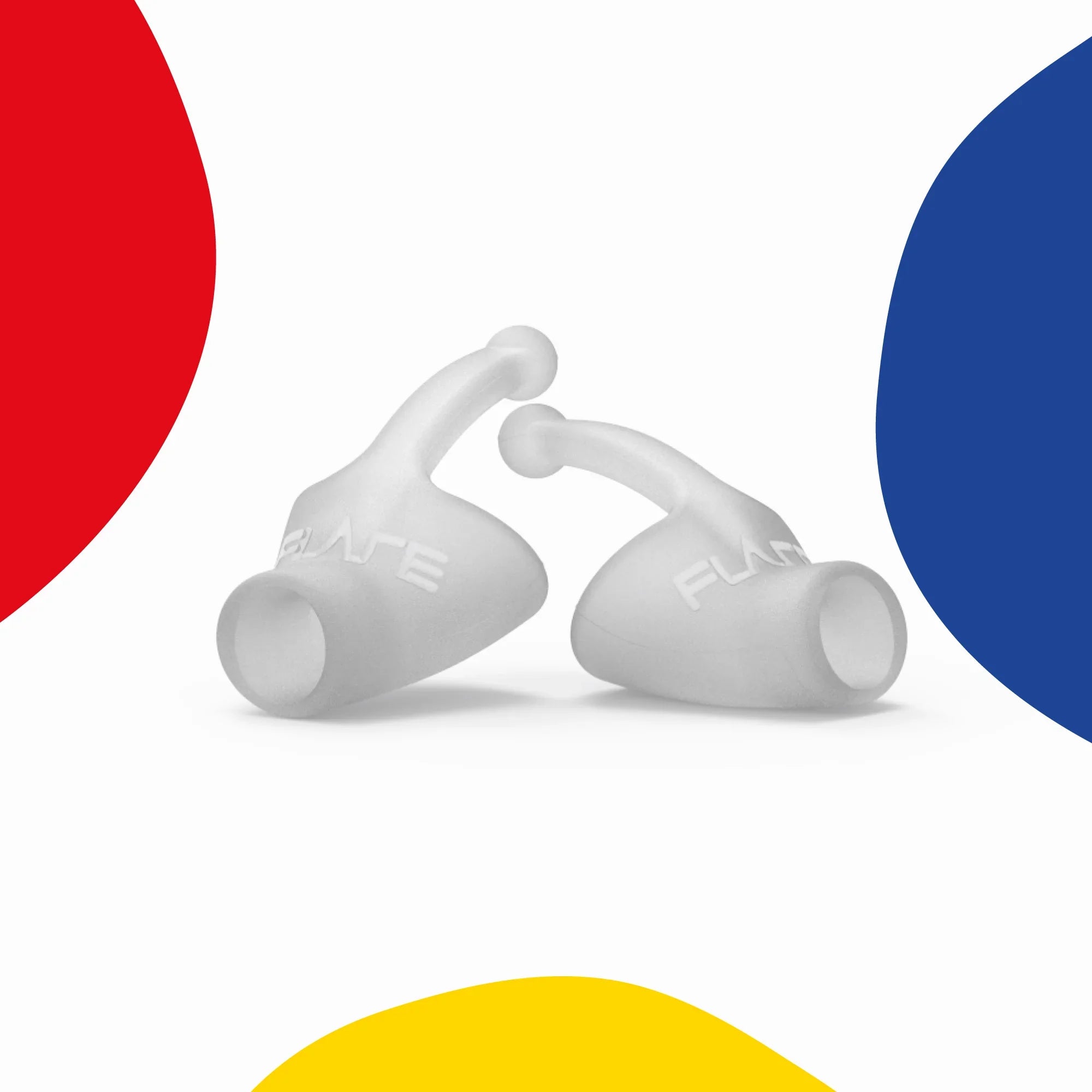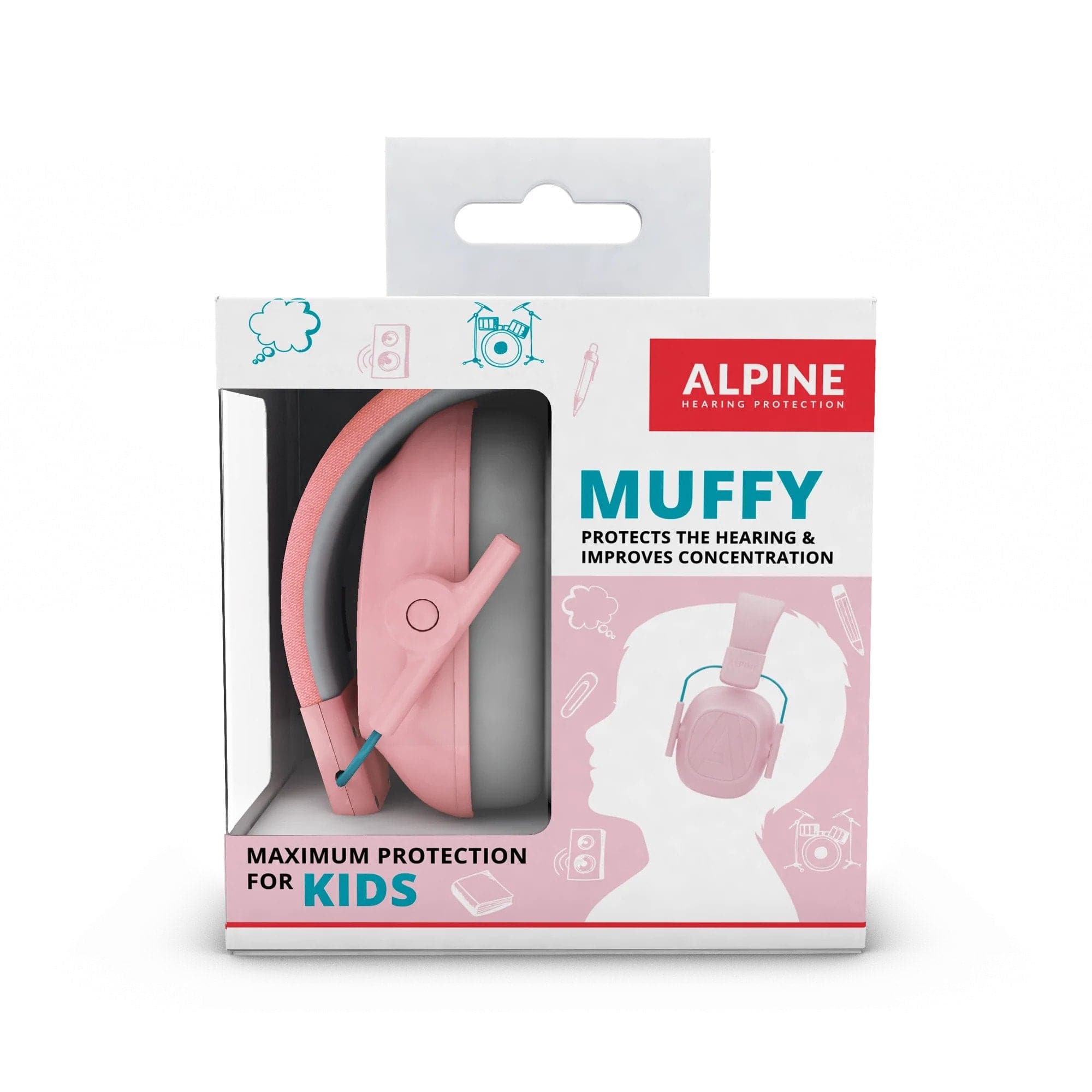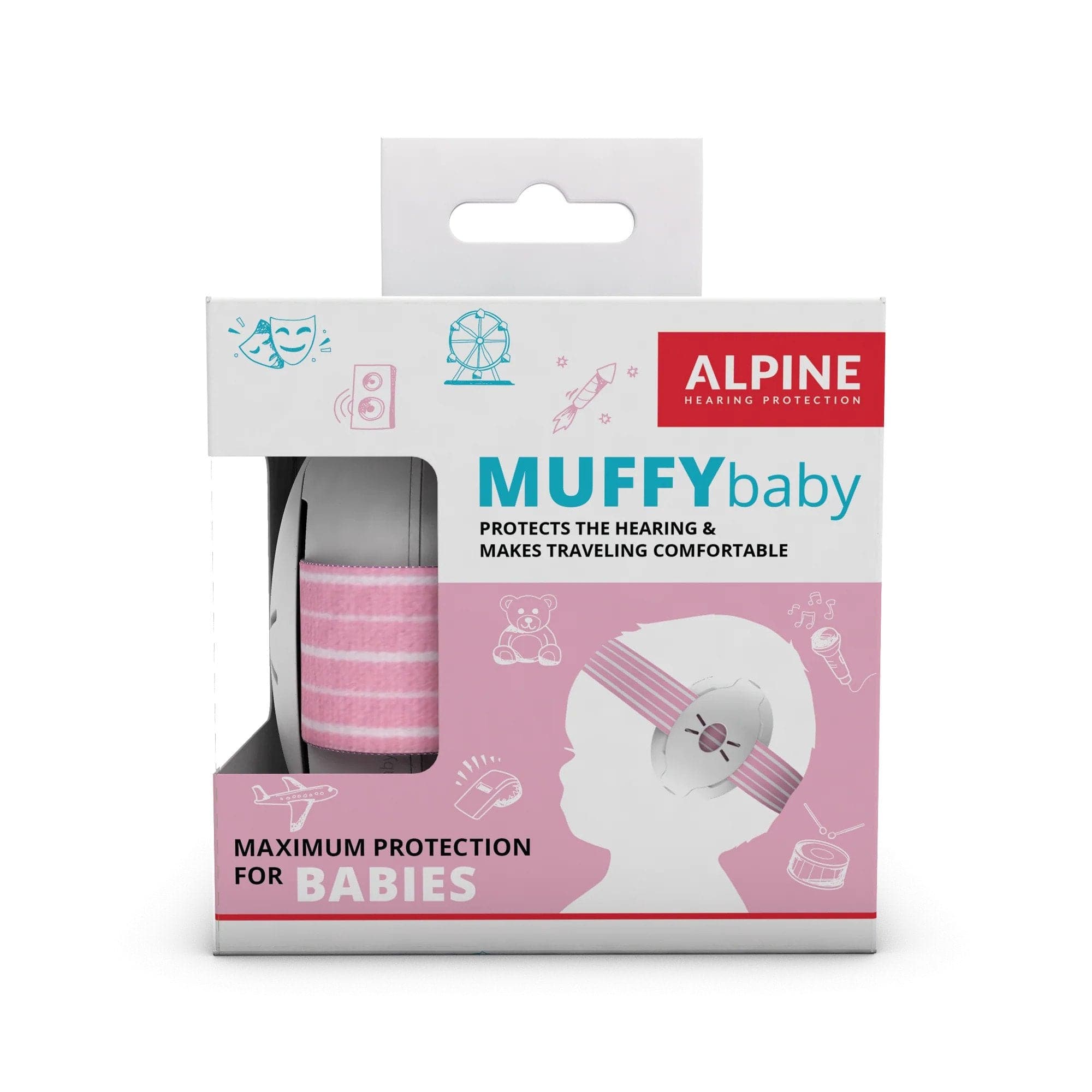A
Acoustic Seal
A tight seal in the ear canal that ensures optimal sound reduction, typically achieved with earplugs or earmuffs.
Active Listening
A feature in advanced hearing protection that amplifies safe sounds, like speech, while blocking harmful noise, ensuring awareness and communication in noisy environments.
Ambient Noise
Background sounds present in an environment, such as traffic or conversation, which can interfere with sleep or focus.
ANSI (American National Standards Institute)
A certification body that sets safety standards for hearing protection products, including earmuffs and earplugs.
AS/NZS 1270:2002
The Australian and New Zealand standard for hearing protectors, specifying testing and classification methods for products like earplugs and earmuffs. Compliance with this standard ensures that hearing protection devices meet local safety requirements. See SLC80.
ASD (Autism Spectrum Disorder) and Sound Sensitivity
Many individuals on the autism spectrum experience heightened sensitivity to sound, leading to discomfort in noisy environments. Specialized earplugs and noise-cancelling headphones can help mitigate this.
Attenuation
The reduction of sound intensity by a hearing protection device, measured in decibels (dB) to indicate how much noise is blocked.
Audiologist
A healthcare professional specializing in the diagnosis, management, and treatment of hearing loss, tinnitus, and balance disorders.
Auditory Processing Disorder (APD)
A condition where the brain has difficulty processing sounds. Audiologists in Australia frequently diagnose and treat APD, particularly in children.
Aware Technology
A feature in hearing protection devices that allows users to hear important environmental sounds, such as speech or alerts, while still protecting against harmful noise levels.
B
Bluetooth Hearing Protection
Hearing protection devices equipped with Bluetooth technology, allowing users to listen to music or take calls wirelessly.
Brown Noise
A type of noise with lower frequencies than white noise, producing a deeper, soothing sound. Often used to promote relaxation and improve sleep, especially for children and individuals with sound sensitivity.
C
Class System (Hearing Protection)
An Australian & New Zealand rating system (Classes 1–5) indicating the level of noise reduction provided by hearing protectors, with Class 5 offering the highest protection.
Corded Earplugs
Earplugs connected by a cord, often used in industrial settings to prevent loss or misplacement.
Custom Moulded Earplugs
Earplugs made to fit the unique contours of an individual’s ears, providing superior comfort and sound isolation.
D
Decibels (dB)
The unit of measurement for sound intensity, where higher levels indicate louder sounds.
E
Earmuffs
Over-ear devices designed to reduce noise exposure. Some models include electronic features for communication.
Earwax Filters
Small components used in earplugs or hearing aids to block wax buildup and maintain audio clarity.
Ear Canal
The tube-like structure that directs sound waves from the outer ear to the eardrum.
Ear Grommets (Tympanostomy Tubes)
Small tubes placed in the eardrum to prevent fluid buildup and treat recurrent ear infections. They help equalize pressure and improve hearing, typically falling out on their own after several months. Water-blocking earplugs are recommended during swimming.
Employee Hearing Protection Programs
Mandatory workplace programs under Australian law (Safe Work Australia), requiring businesses in noisy environments to provide hearing protection to employees.
F
Foam Earplugs
Soft earplugs that expand to fit the shape of the ear canal, providing comfort and sound attenuation.
Frequency Range
The range of sound pitches that a device can block or transmit, typically measured in hertz (Hz).
H
Hearing Conservation Program
A formal plan implemented in workplaces to protect employees from hearing loss, often required by occupational health and safety laws.
Hearing Threshold
The quietest sound that an individual can hear in a given frequency range.
Hyperacusis
A condition characterized by an increased sensitivity to everyday sounds, often causing pain or discomfort. People with hyperacusis benefit from earplugs designed to reduce overall sound levels without distorting clarity.
I
Impulse Noise
A sudden, sharp sound like a gunshot or explosion that can damage hearing. Ear protection designed to dampen impulse noise is crucial in certain environments.
Industrial Deafness
A recognized workplace injury in Australia caused by prolonged exposure to loud noise. Workers suffering from industrial deafness may be eligible for compensation through WorkCover or state-based programs.
L
Latency (Bluetooth)
The time delay between audio transmission and reception, which is an important factor in Bluetooth-enabled hearing protection.
M
Misophonia
An emotional reaction to specific sounds, such as chewing or tapping, that can cause irritation, anxiety, or distress. Noise-blocking earplugs or noise-masking devices are common tools to manage misophonia.
Musician's Earplugs
Earplugs designed to reduce sound evenly across all frequencies, ensuring sound clarity while protecting hearing.
Multi-Use Earplugs
Reusable earplugs that offer long-term durability and cost-effectiveness.
N
Noise Attenuation
The reduction of sound intensity by a hearing protection device.
Noise-Cancelling
Technology that uses active electronics to cancel out background noise by generating inverse sound waves.
Noise-Induced Hearing Loss (NIHL) in Children
Hearing damage caused by exposure to loud sounds, such as concerts or fireworks. Parents can protect their children’s hearing with earmuffs or earplugs designed for kids.
Noise Reduction Rating (NRR)
A U.S. standard that measures the effectiveness of hearing protection devices in reducing noise, expressed in decibels (dB).
Noise Sensitivity
A general term for heightened responsiveness to sound, affecting concentration, sleep, and comfort. Various ear protection products can help reduce noise exposure in everyday life.
O
Occupational Hearing Loss
Hearing impairment resulting from prolonged exposure to loud sounds in the workplace.
Otitis Externa (Swimmer’s Ear)
An infection or inflammation of the outer ear canal, often caused by prolonged moisture exposure. Water-blocking earplugs are recommended for prevention.
Otologist
A medical professional specializing in ear-related disorders.
P
Perforated Eardrum
A hole or tear in the eardrum, often caused by infections, sudden pressure changes, or injury. Healing may occur naturally, but ear protection is advised to prevent further damage.
Passive Hearing Protection
Devices like traditional earplugs and earmuffs that rely on materials to block sound, without electronic components.
Pink Noise
A type of sound similar to white noise but with lower frequencies amplified. It’s often used to help those with sound sensitivity sleep better by masking disruptive environmental sounds.
S
Safe Work Australia
The national policy body that develops guidelines for workplace safety, including noise exposure limits and hearing conservation programs. Businesses must adhere to these guidelines to avoid penalties and ensure employee safety.
Sensory Overload
A state where the brain receives too much sensory input, including sound, leading to stress or discomfort. Earplugs designed for sensory regulation can help reduce auditory input in noisy environments.
Silicone Earplugs
Flexible, reusable earplugs made from medical-grade silicone, known for comfort and durability.
SLC80
The Sound Level Conversion rating used in Australia and New Zealand to indicate the noise reduction provided by hearing protectors, ensuring protection for 80% of users.
Snoring Earplugs
Specialized earplugs designed to block low-frequency noises like snoring, ideal for sleep protection.
Sound Dampening
The process of reducing the intensity of sound without fully blocking it, often achieved with specialized earplugs or earmuffs designed for those with sound sensitivity.
SNR (Single Number Rating)
The European standard for measuring noise reduction, similar to NRR used in the U.S.
Surfer’s Ear (Exostosis)
The formation of bone growths in the ear canal due to repeated exposure to cold water and wind. Wearing earplugs while surfing or swimming in cold water can help prevent this condition.
Swimmer’s Ear (Otitis Externa)
An infection or inflammation of the outer ear canal, often caused by prolonged moisture exposure. Water-blocking earplugs are recommended for prevention.
T
Tinnitus
A condition characterized by ringing or buzzing in the ears, often caused by exposure to loud sounds.
Tinnitus Maskers
Devices that emit white noise or other sounds to help reduce the perception of tinnitus.
U
Universal Fit Earplugs
Earplugs designed to fit a wide range of ear sizes without customization.
W
Wax Earplugs
Soft, moldable earplugs made from wax that provide a custom fit, ideal for blocking noise and keeping water out of the ears. Great for sleep and swimming.
White Noise Machines
Devices that generate white noise to mask other sounds, promoting better sleep or concentration.
White Noise for Babies
A consistent sound used to help soothe infants and improve sleep by masking sudden noises. White noise machines are popular among parents for creating a calming sleep environment.
Wind Noise
Unwanted sound created by wind passing over the ears or microphones in hearing protection devices, often reduced with wind-resistant earmuffs or specialized earplugs.
Workplace Hearing Protection
Products designed to prevent hearing damage in noisy work environments, complying with safety standards.
Learn More About Hearing Health
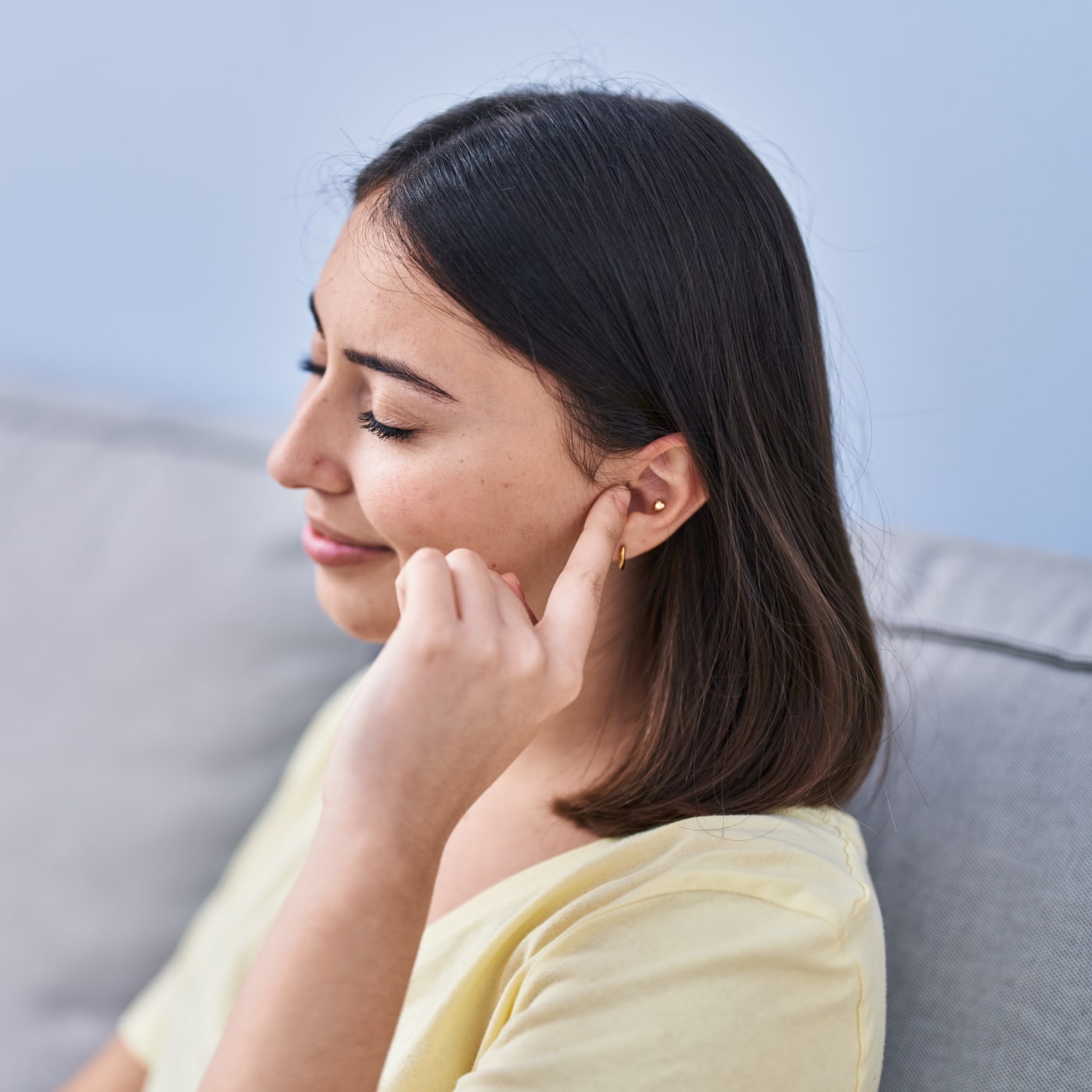
Hearing Protection 101
Check out our handy guide that details everything you need to know to safeguard your ears.

Blog
Check out our latest articles, including product reviews, gift guides and hearing advice.
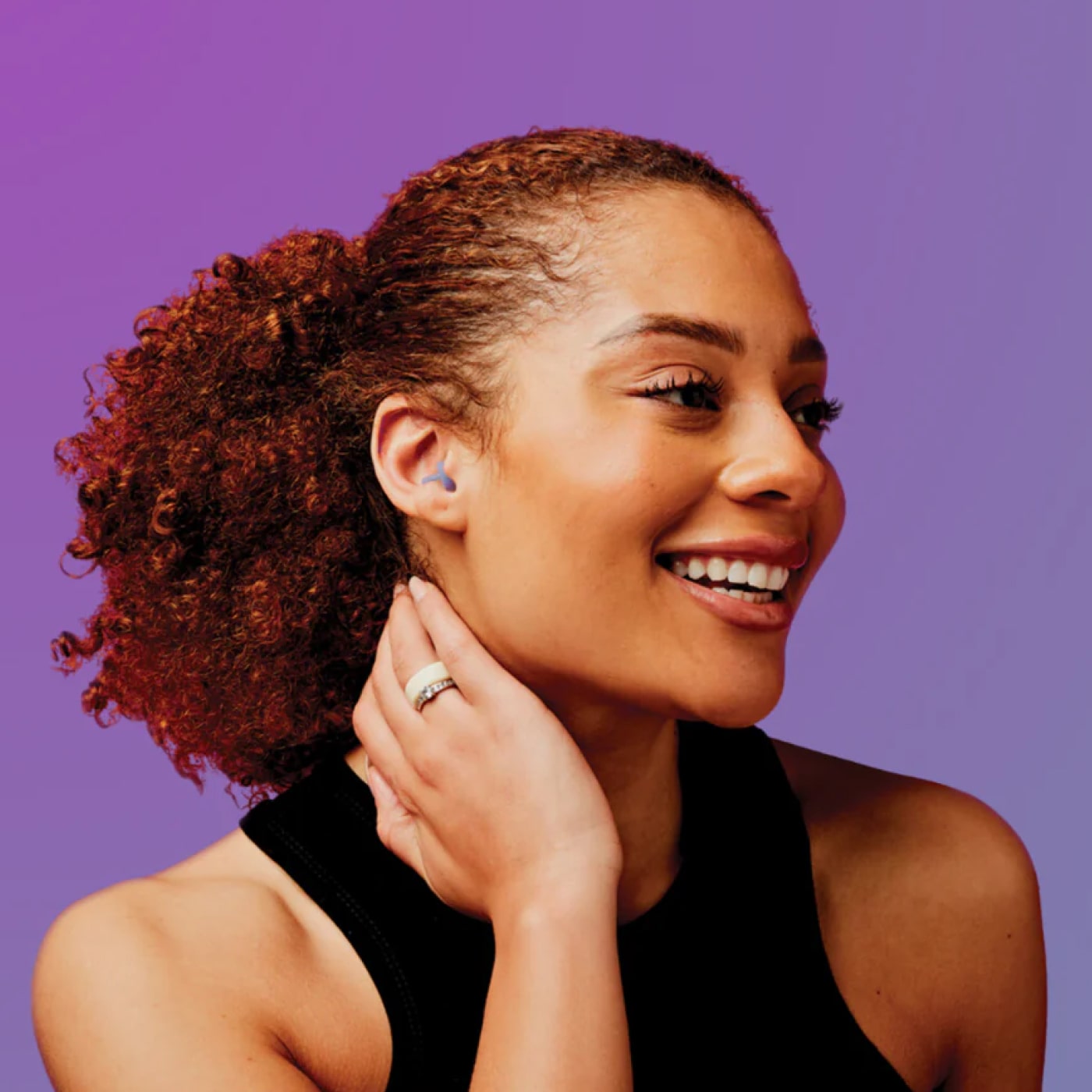
FAQ's
Looking for something else? Visit our frequently asked questions to see how we can help with your question.

